Friday Fly Food For Thought – Rules and Regulations on Common Carp Texas Style
lake ray roberts carp bow fishers bow hunters carp #flyfishing fly fishing texas carp
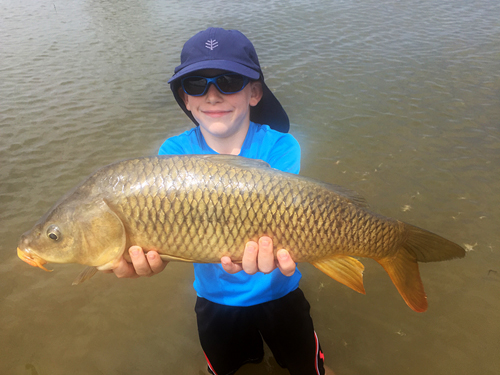
– courtesy photo 2016
TIME FOR LAKE RAY ROBERTS TO DECLARE INDEPENDENCE!
What are invasive species, you may ask, after last Friday’s Food For Thought story on carp – http://texasflycaster.com/friday-food-for-thought-bow-hunting-carp-sport-or-slaughter/
Well, here is how it is defined in Texas:
“An “invasive species” is defined as a species that is non-native (or alien) to the ecosystem under consideration and whose introduction causes or is likely to cause economic or environmental harm or harm to human health. (Executive Order 13112).
An invasive species grows/reproduces and spreads rapidly, establishes over large areas, and persists. Species that become invasive succeed due to favorable environmental conditions and lack of natural predators, competitors and diseases that normally regulate their populations.
This includes a wide variety of plants, insects and animals from exotic places. As invasive species spread and take over ecosystems, they decrease biodiversity by threatening the survival of native plants and animals. In fact, invasive species are a significant threat to almost half of the native U.S. species currently listed as federally endangered.” – Source TexasInvasives.org 2016
On page 2 http://www.texasinvasives.org/animal_database/sn_results.php?offset=10 of the list of invasive animals in Texas, a black carp is listed, and appears to me to be another name for the grass carp. There’s also the tilapia listed there, a commonly seen fish in the temperate waters of Houston, Texas.
Common carp do not appear on the list of Texas invasive species. In Texas, common carp are not an invasive species. Go here: https://www2.tpwd.state.tx.us/business/feedback/webcomment/ if you question that reality.
The TPWD page dedicated to the common carp does give the fish a fair shake, although it is classified as a “non-game species.” Interesting that in (what should be considered) TPWD’s home lake Ladybird Lake there is regulation of carp angling that reads, “For common carp, only one carp 33 inches or greater may be retained each day. There is no daily bag limit for carp less than 33 inches in length.” No doubt this has something to do with the incredible size of carp in Ladybird Lake, most landed eurocarping. These same regulations apply to bow fishing Ladybird – http://tpwd.texas.gov/publications/pwdpubs/media/pwd_lf_t3200_1559.pdf .
This same PDF file states, “Any fish that is edible or can be used for bait (includes all gar species, common carp, and buffalo) may not be released after being taken by bow.” So if a bow “hunter” releases a carp a) onto the parking lot, b) into a hidden pile, or c) into a dumpster, I think the smarter lawyers among us could easily make a case that a,b and c are a violation of TPWD regulation.
Well, now begins the heavy lifting. Why not imagine a lake that has special regulations on carp, like Ladybird Lake in Austin, Texas? I invite someone to argue that Lake Ray Roberts, Texas, is NOT a unique waterbody for its offering of fly fishing / fishing for carp on its vast, unique flats. (Unique = One of a kind) I hope I have the energy, longevity and drive to pull this one off. The time is now, this Fourth-of-July weekend, to start crafting new protections for the carp on Lake Ray Roberts, Texas. Do you have suggestions on the wording for this brave new world of carp protection on Lake Ray Roberts, or do you have experience in the process of getting TPWD to consider new regulations? Feel free to include all the “negatives” and “downsides” to going down this road, although I doubt it’ll stop me. Maybe I have bitten off more than I can chew … but I chew very, very slowly these days.
Category: Causes, Culture on the Skids, Fly Fishing For Carp, Science and Environmental, Texas Water Conservation








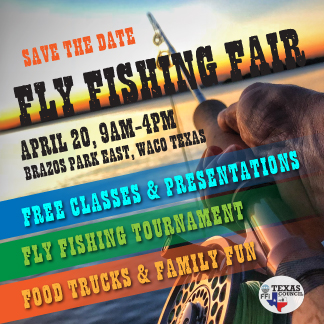




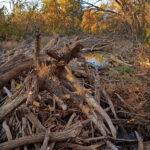
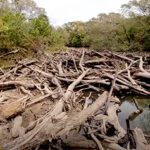

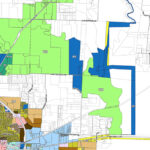

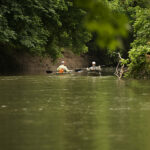
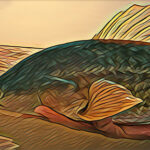
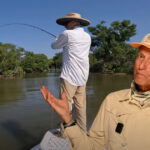
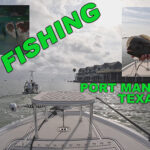
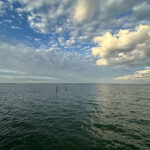
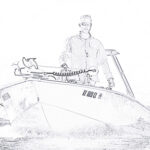
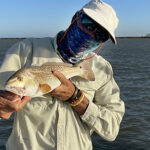
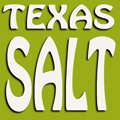
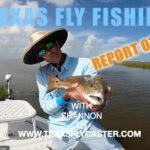
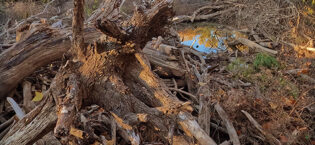
This info arrived within a few minutes of asking the question via TPWD website:
The common carp (Cyprinus carpio) is not native to Texas; however, it is not on our list of prohibited exotic species. It is simply classified as a nongame fish, which means it can be taken by any method that’s legal for nongame fishes in fresh water. There are no bag or size limits, EXCEPT on Lady Bird Lake in Austin, which has become something of a trophy fishery for anglers who are interested in carp as a sport fish. (Those people exist; they even hold carp tournaments.)
Carp is considered an edible fish, so it would be covered under the Waste of Fish clause at http://tpwd.texas.gov/regulations/outdoor-annual/fishing/general-rules-regulations/general-fishing-regulations — which means it isn’t cool to shoot a bunch of carp and leave them lying on the bank or in a dumpster at the fishing spot. If you don’t want to eat what you catch or use them for bait, it’s best to take them home and use them for garden compost (or at least dispose of them away from public view.)
See legal methods:
http://tpwd.texas.gov/regulations/outdoor-annual/fishing/general-rules-regulations/legal-devices-for-fish
Carp species profile:
http://tpwd.texas.gov/huntwild/wild/species/crp/
List of prohibited invasive species: http://tpwd.texas.gov/huntwild/wild/species/exotic/prohibited_aquatic.phtml
Dyanne Fry Cortez
Web Coordinator, Inland Fisheries Division
Texas Parks and Wildlife Department
(512) 389-8055